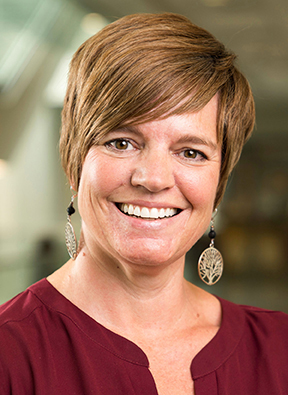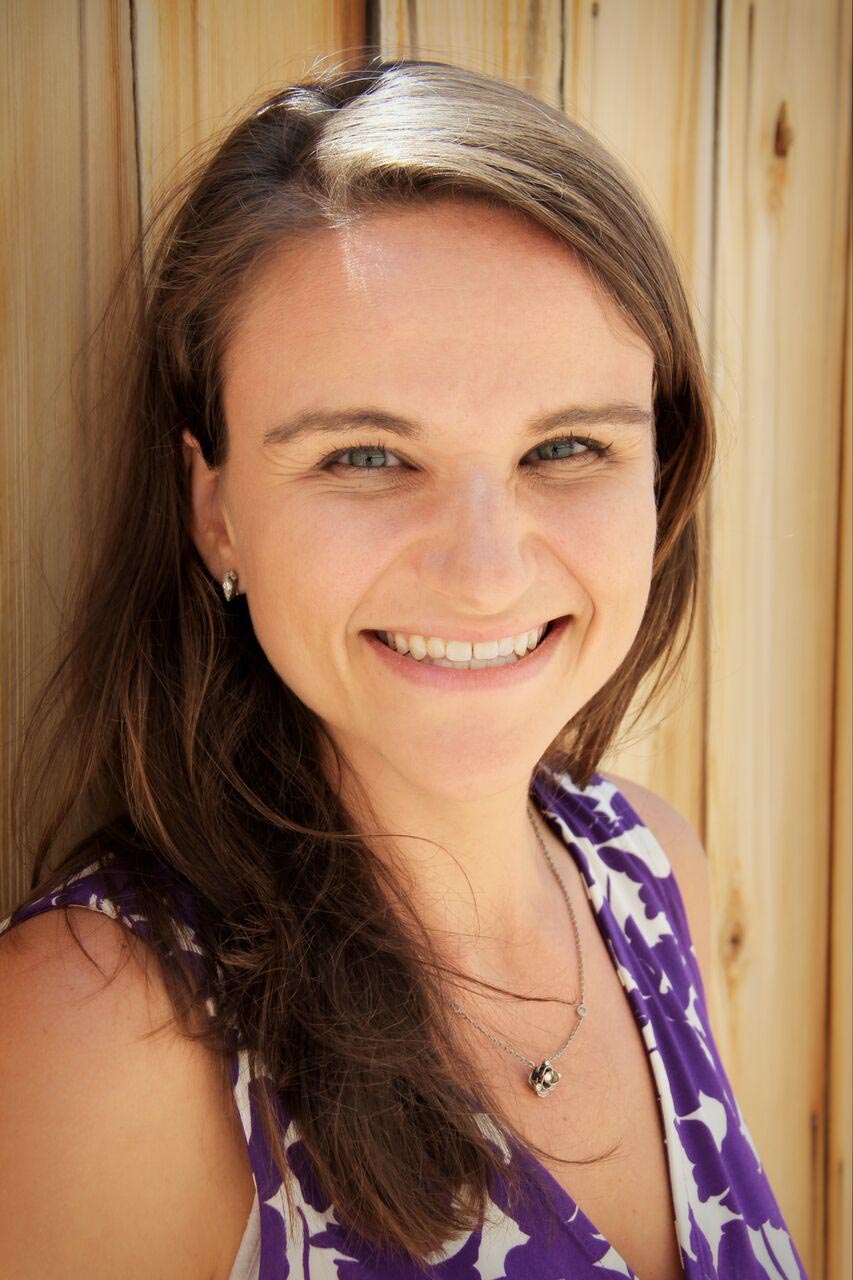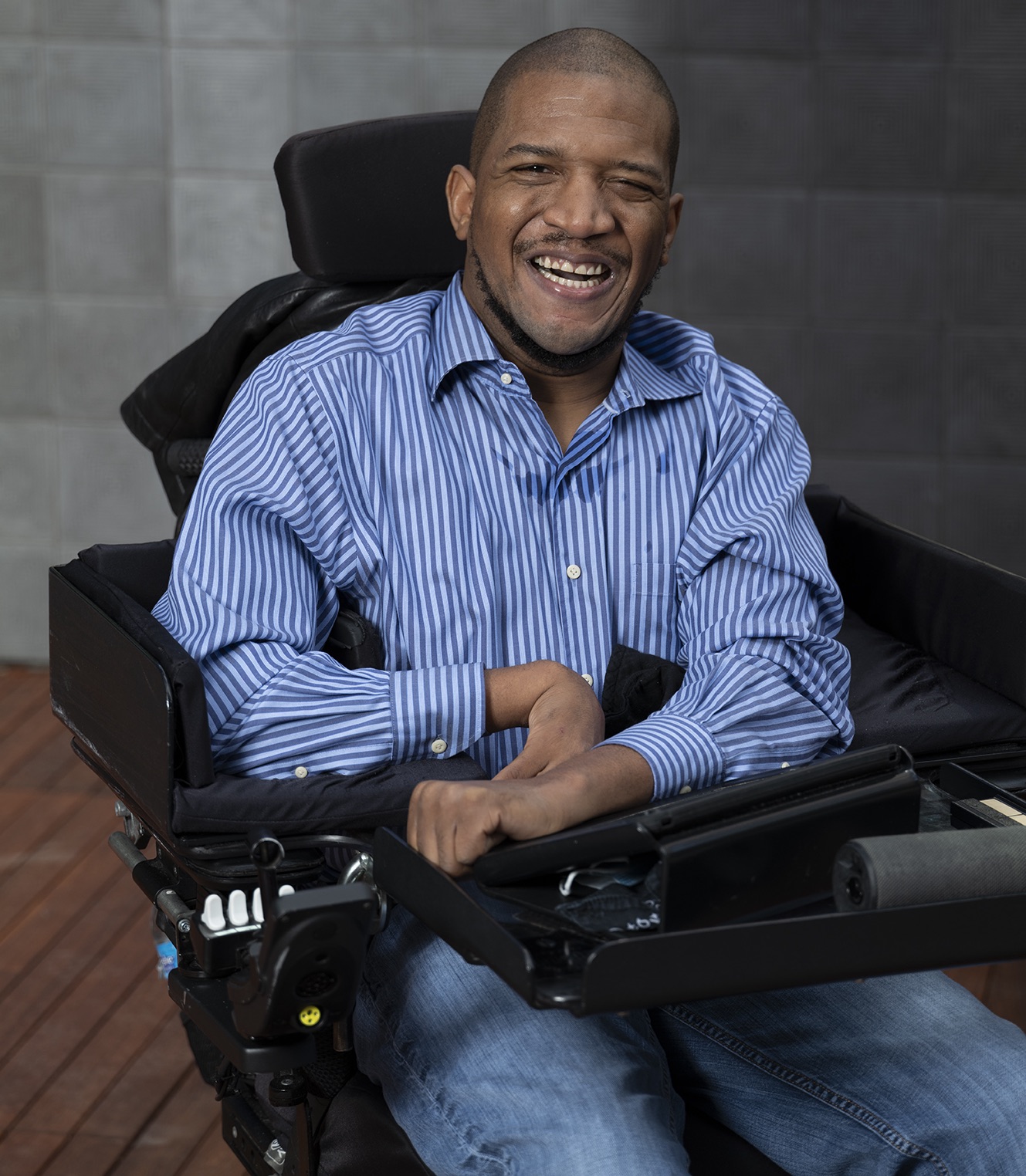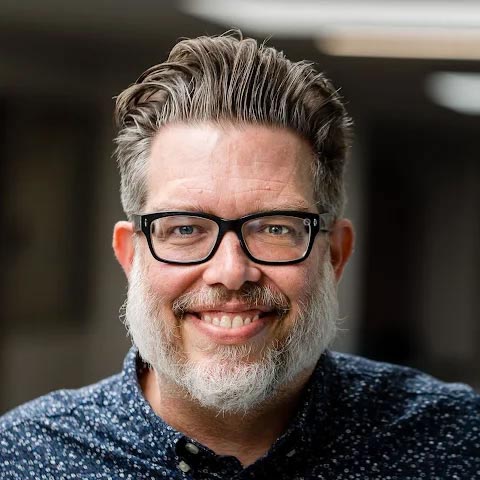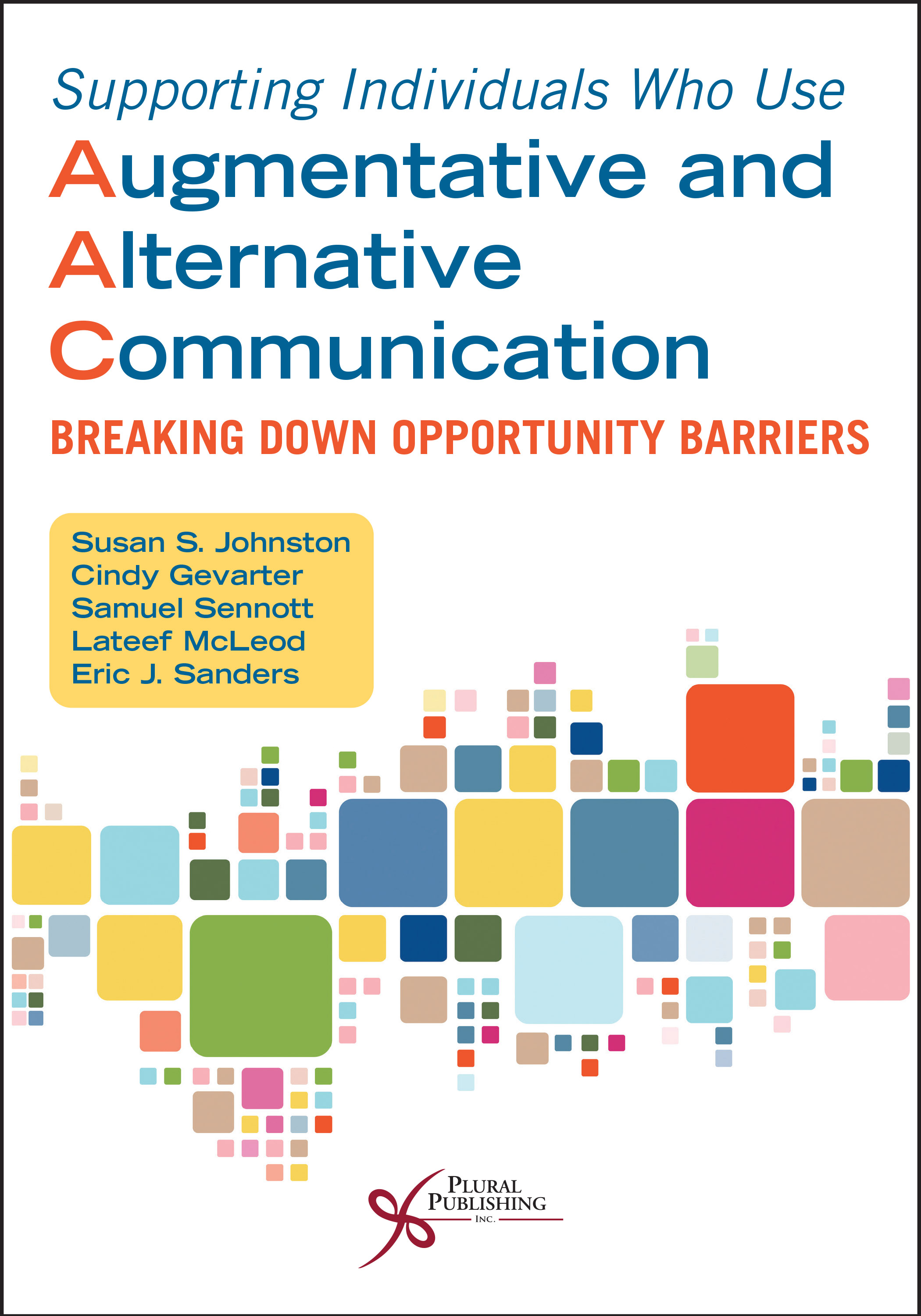
Supporting Individuals Who Use Augmentative and Alternative Communication: Breaking Down Opportunity Barriers
First Edition
Susan S. Johnston, Cindy Gevarter, Samuel Sennott, Lateef McLeod, Eric J. Sanders
Details: 270 pages, B&W, Softcover, 7" x 10"
ISBN13: 978-1-63550-391-3
© 2023 | Available
Purchase
Individuals with complex communication needs who use Augmentative and Alternative Communication (AAC) frequently encounter barriers that limit their ability to achieve their full potential in communication and in life. These barriers include access barriers (limitations in the current capabilities of the AAC user or the communication systems that they use) as well as opportunity barriers (e.g., policy, practice, knowledge/skill, and attitude barriers that extend beyond the AAC user). It is essential to consider both access and opportunity barriers when designing systems and supports for individuals who use AAC. However, often the emphasis of research and practice is on addressing issues related to access barriers with far less attention to opportunity barriers. Supporting Individuals Who Use Augmentative and Alternative Communication: Breaking Down Opportunity Barriers is the first book to focus specifically on practical strategies for breaking down opportunity barriers experienced by individuals who use AAC.
The text is divided into four sections, with each section devoted to a frequently encountered opportunity barrier (knowledge/skill, practice, attitude, and policy). Within each section, readers will (a) develop a deeper understanding of the impact of the barrier through the eyes of individuals who use AAC or their families, (b) acquire knowledge based on current research and recommended practices related to addressing the barrier, and (c) learn how professionals have successfully addressed the barrier via case examples from the field. The final chapter provides readers with information (as well as tools and examples) about how to go “beyond the book” and actively address the unique opportunity barriers they encounter.
Key Features
- Includes in-depth interviews with individuals who use AAC and their families
- Identifies evidence-based and promising practices for addressing opportunity barriers
- Provides tips, tools, and resources for addressing opportunity barriers
- Illustrates successful strategies for addressing opportunity barriers through case examples and step-by-step guidelines for implementation
- Includes contributions from professionals in the field who have successfully addressed opportunity barriers in home, school, workplace, and community settings
Who Should Read This Book
This book is designed to support those who find themselves frustrated by the opportunity barriers experienced by individuals who use AAC and are searching for ways to break down those barriers, including people who rely on AAC, speech-language pathologists, special education teachers, occupational therapists, physical therapists, family members, university students, faculty in higher education, and other professionals in school, healthcare, and community settings.
Preface
Acknowledgments
About the Authors
Contributors
Section I. Understanding and Addressing Knowledge/Skill Barriers
Chapter 1. Knowledge/Skill Barriers: Learning From Individuals Who Use AAC and Their Families
Susan S. Johnston, Vanessa J. Ince, and Cas McNamara
Chapter 2. Knowledge/Skill Barriers: Exploring the Evidence Base
Susan S. Johnston and Cheri Wild Blue
Chapter 3. Knowledge/Skill Barriers: Studying Successful Case Examples
Susan S. Johnston, Adele F. Dimian, Ashley R. McCoy, Jessica J. Simacek, and Melinda R. Snodgrass
Section II. Understanding and Addressing Practice Barriers
Chapter 4. Practice Barriers: Learning From Individuals Who Use AAC and Their Families
Cindy Gevarter, Cassandra Medrano, and Toña Rivera
Chapter 5. Practice Barriers: Exploring the Evidence Base
Cindy Gevarter
Chapter 6. Practice Barriers: Studying Successful Case Examples
Cindy Gevarter, Jennifer W. Hanson, Stephanie M. McDougle, and Mariah Siciliano
Section III. Understanding and Addressing Attitude Barriers
Chapter 7. Attitude Barriers: Learning From Individuals Who Use AAC and Their Families
Samuel Sennott, Lateef McLeod, Eric J. Sanders, Jay Grochala, Kevin Williams, and Jamie Preece
Chapter 8. Attitude Barriers: Exploring the Evidence Base
Eric J. Sanders, Samuel Sennott, and Lateef McLeod
Chapter 9. Attitude Barriers: Studying Successful Case Examples
Eric J. Sanders, Lateef McLeod, Samuel Sennott, David J. Hajjar, Joanne K. Niemkiewicz, Krista Howard, Caroline Ramsey Musselwhite, and Brandi Wentland
Section IV. Understanding and Addressing Policy Barriers
Chapter 10. AAC Policy Barriers: Learning From Individuals Who Use AAC and Their Families
Lateef McLeod, Eric J. Sanders, Samuel Sennott, India Ochs, and Bob Williams
Chapter 11. Policy Barriers: Exploring the Evidence Base
Samuel Sennott, Lateef McLeod, and Eric J. Sanders
Chapter 12. Policy Barriers: Studying Successful Case Examples
Eric J. Sanders, Samuel Sennott, Lateef McLeod, Christina Royster, Gretchen Hanser, Caroline Ramsey Musselwhite, and Monica Kaniamattam
Conclusion
Chapter 13. Individualizing the Approach to Breaking Down Barriers
Susan S. Johnston
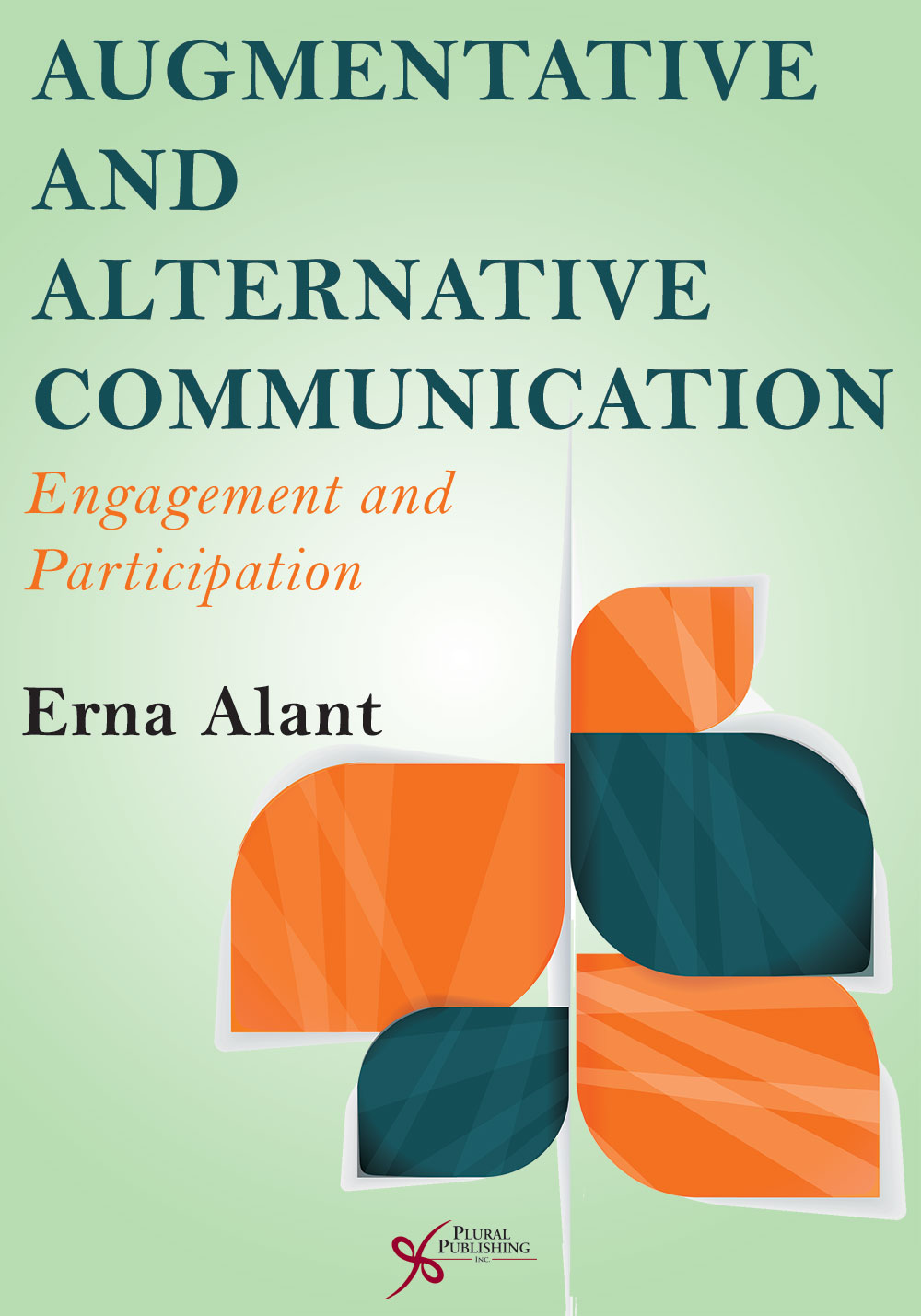
Augmentative and Alternative Communication: Engagement and Participation
First Edition
Erna Alant
Details: 320 pages, B&W, Softcover, 7" x 10"
ISBN13: 978-1-59756-713-8
© 2017 | Available
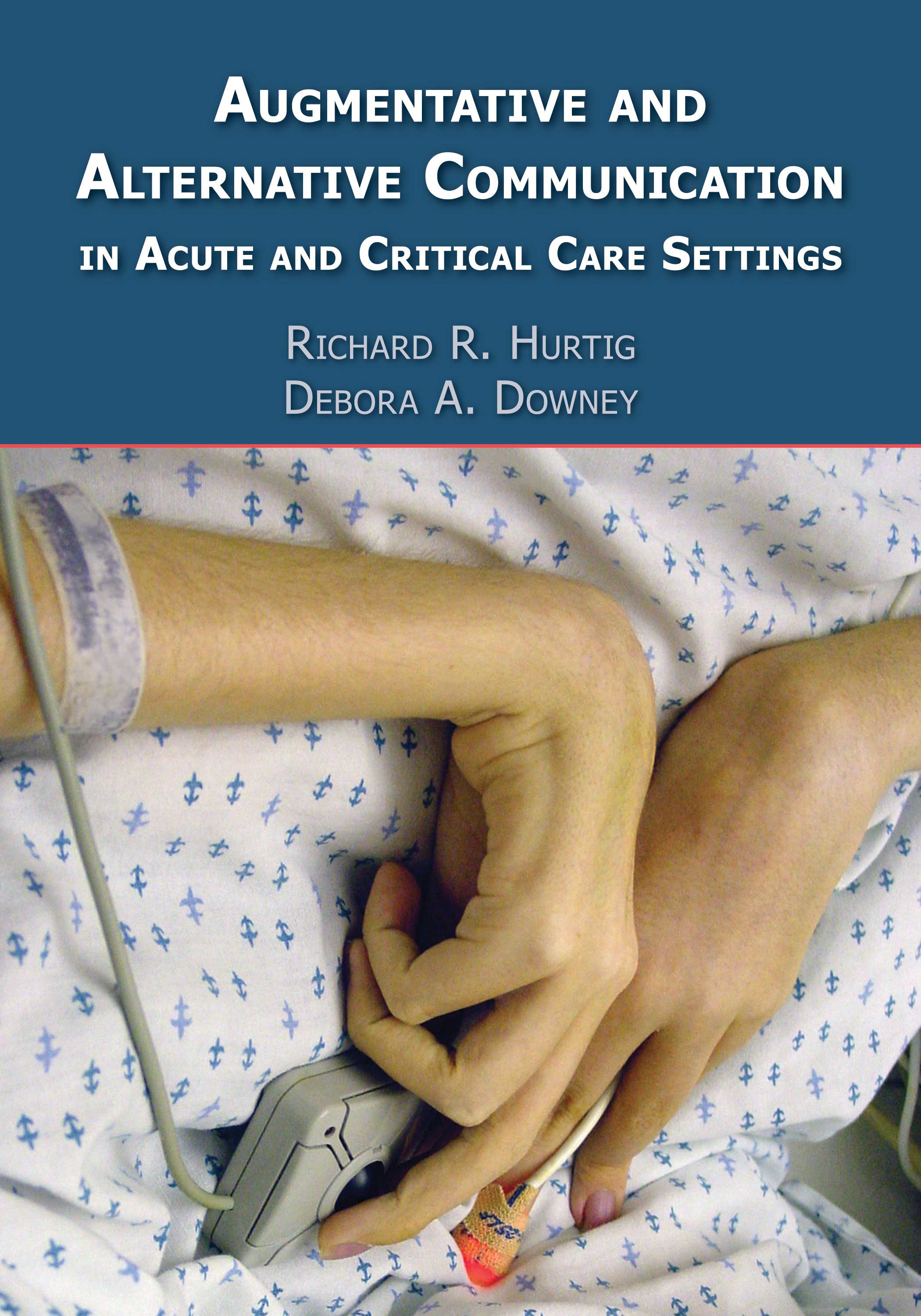
Augmentative and Alternative Communication in Acute and Critical Care Settings
First Edition
Richard Hurtig, Debora A. Downey
Details: 224 pages, B&W, Softcover + DVD, 7" x 10"
ISBN13: 978-1-59756-079-5
© 2009 | Available
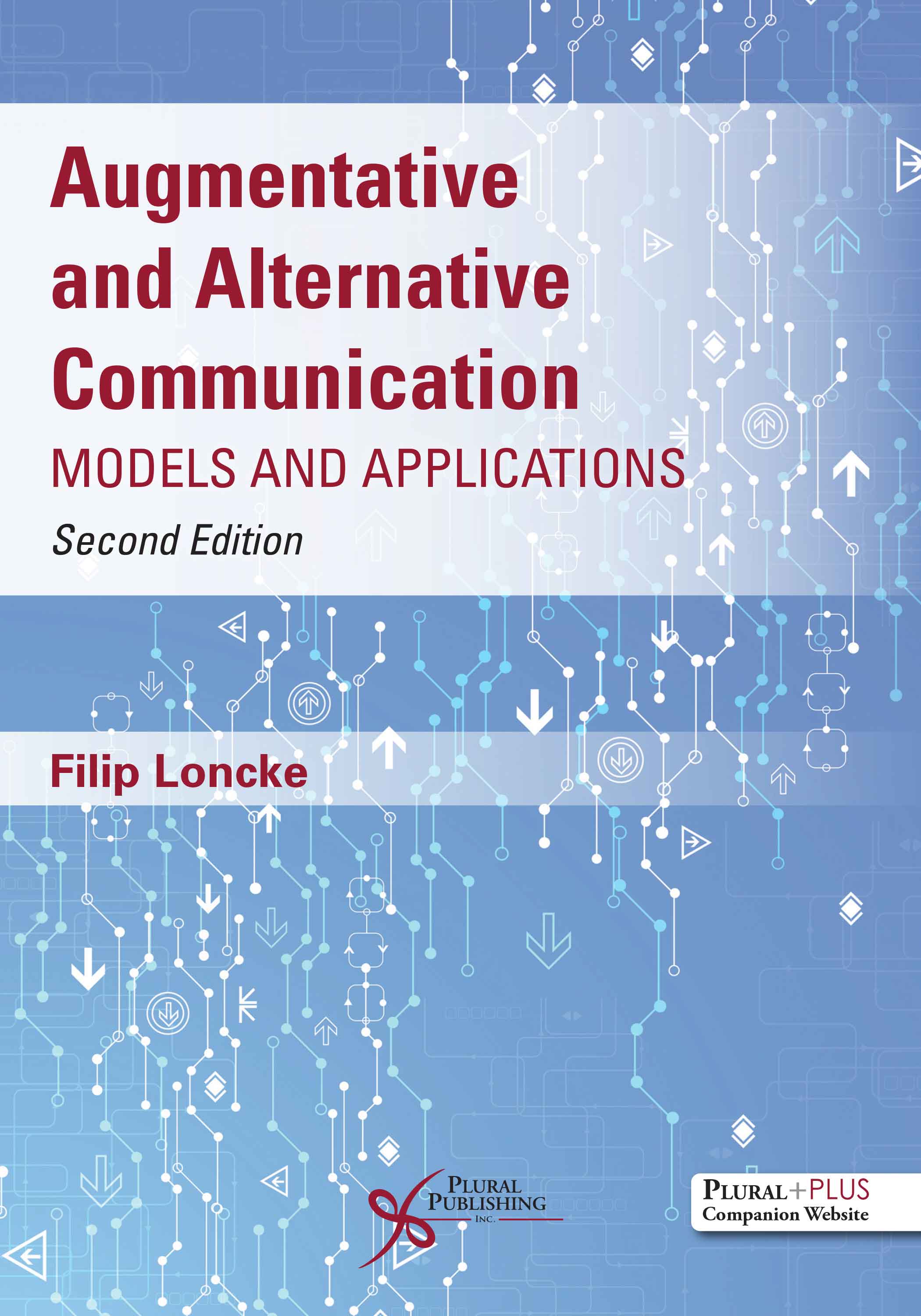
Augmentative and Alternative Communication: Models and Applications
Second Edition
Filip Loncke
Details: 321 pages, B&W, Softcover, 7"x10"
ISBN13: 978-1-63550-122-3
© 2021 | Available
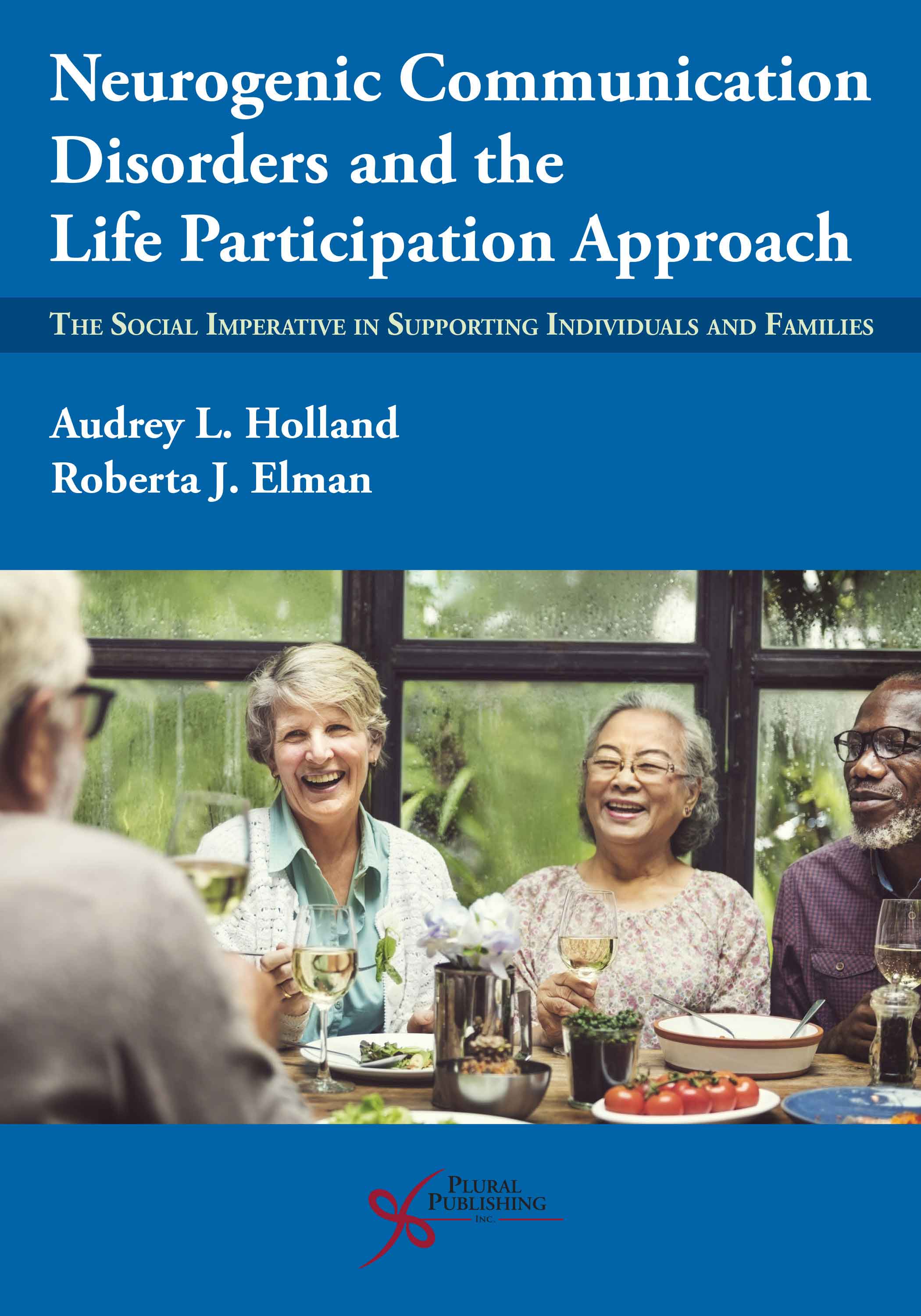
Neurogenic Communication Disorders and the Life Participation Approach: The Social Imperative in Supporting Individuals and Families
First Edition
Audrey L. Holland, Roberta J. Elman
Details: 242 pages, Softcover, B&W, 6" x 9"
ISBN13: 978-1-63550-295-4
© 2021 | Available
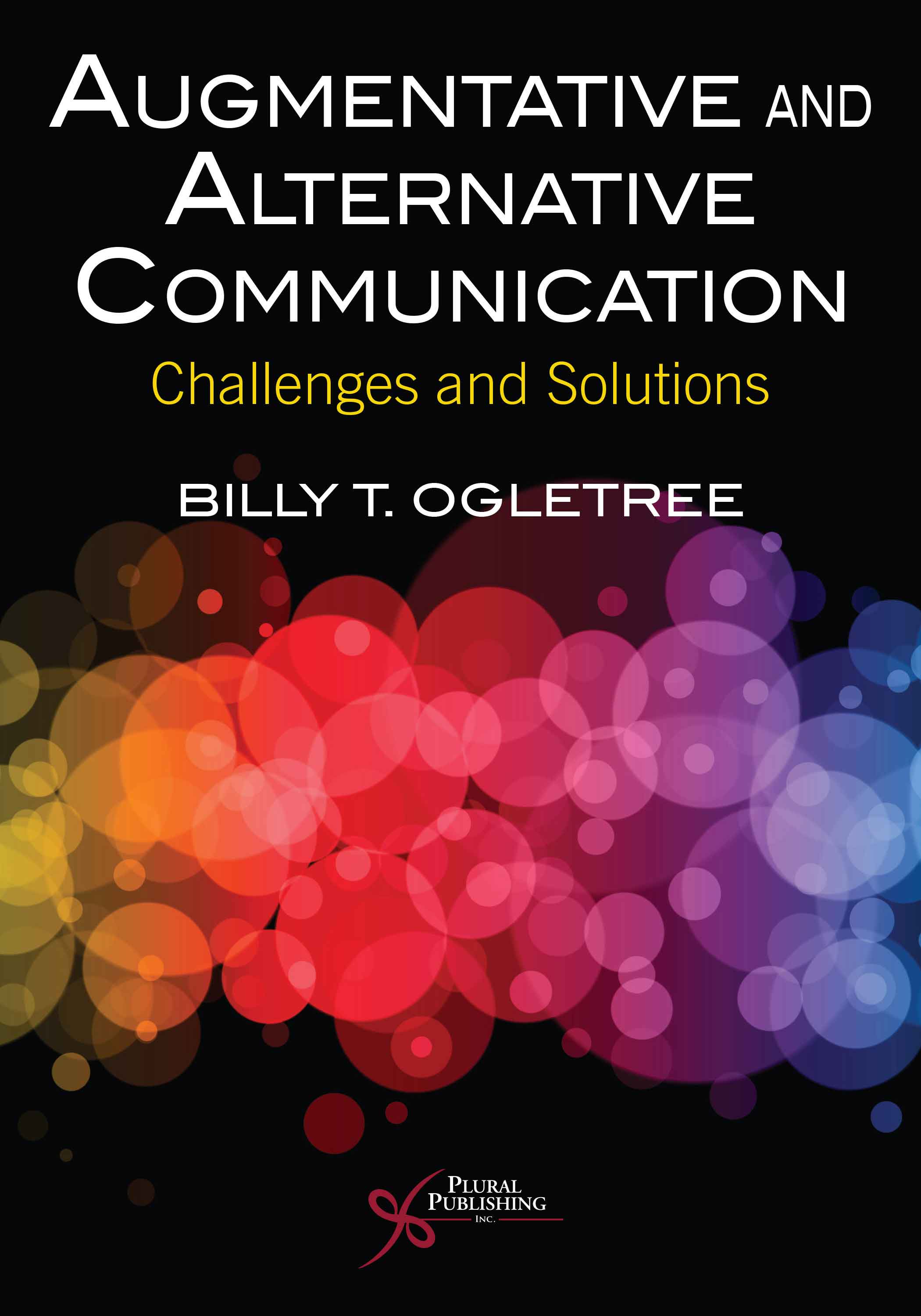
Augmentative and Alternative Communication: Challenges and Solutions
First Edition
Billy T. Ogletree
Details: 399 pages, B&W, Softcover, 7" x 10"
ISBN13: 978-1-63550-286-2
© 2021 | Available
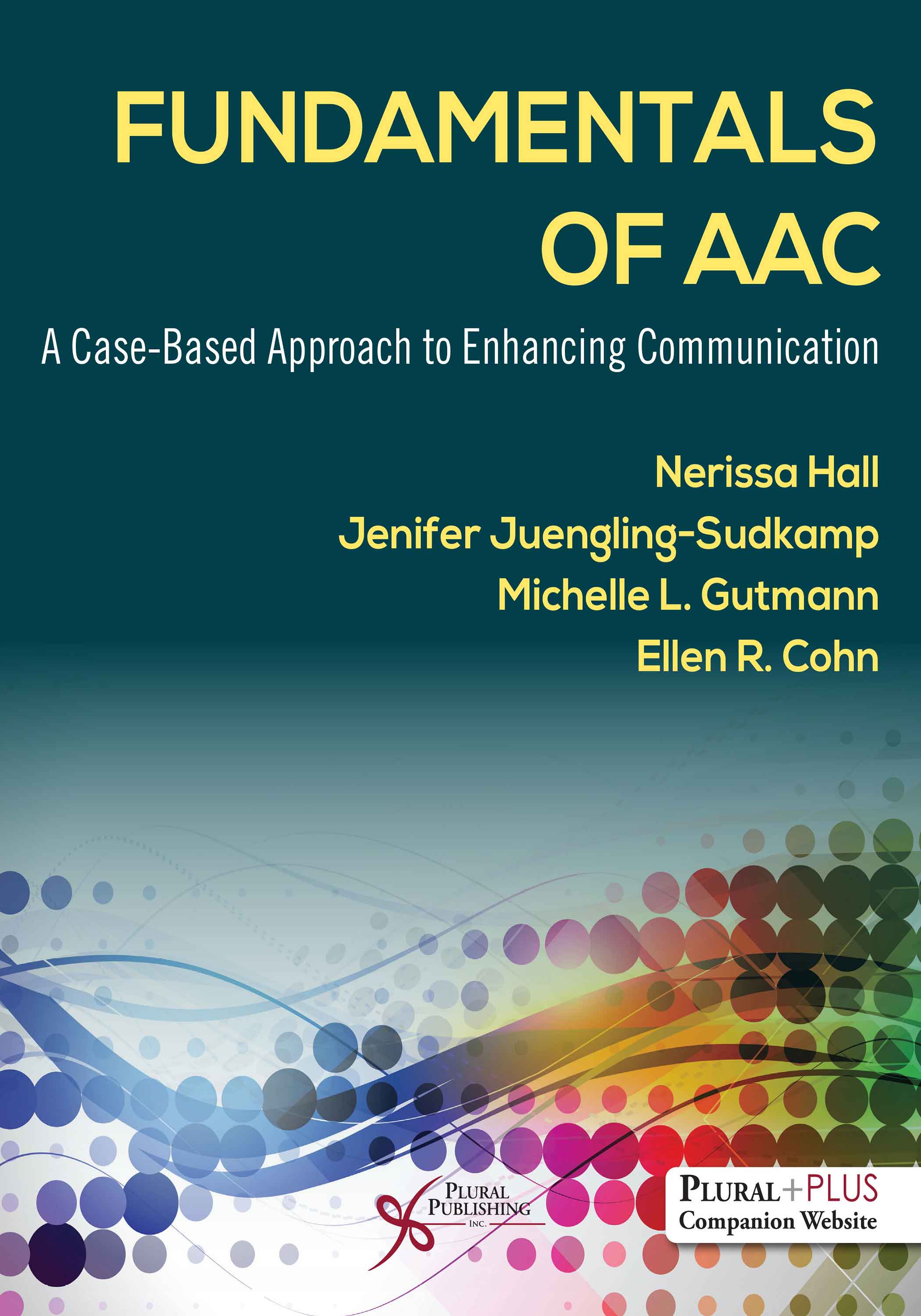
Fundamentals of AAC: A Case-Based Approach to Enhancing Communication.
First Edition
Nerissa Hall, Jenifer Juengling-Sudkamp, Michelle L. Gutmann, Ellen R. Cohn
Details: 545 pages, B&W, Softcover, 8.5" x 11"
ISBN13: 978-1-63550-353-1
© 2023 | Available
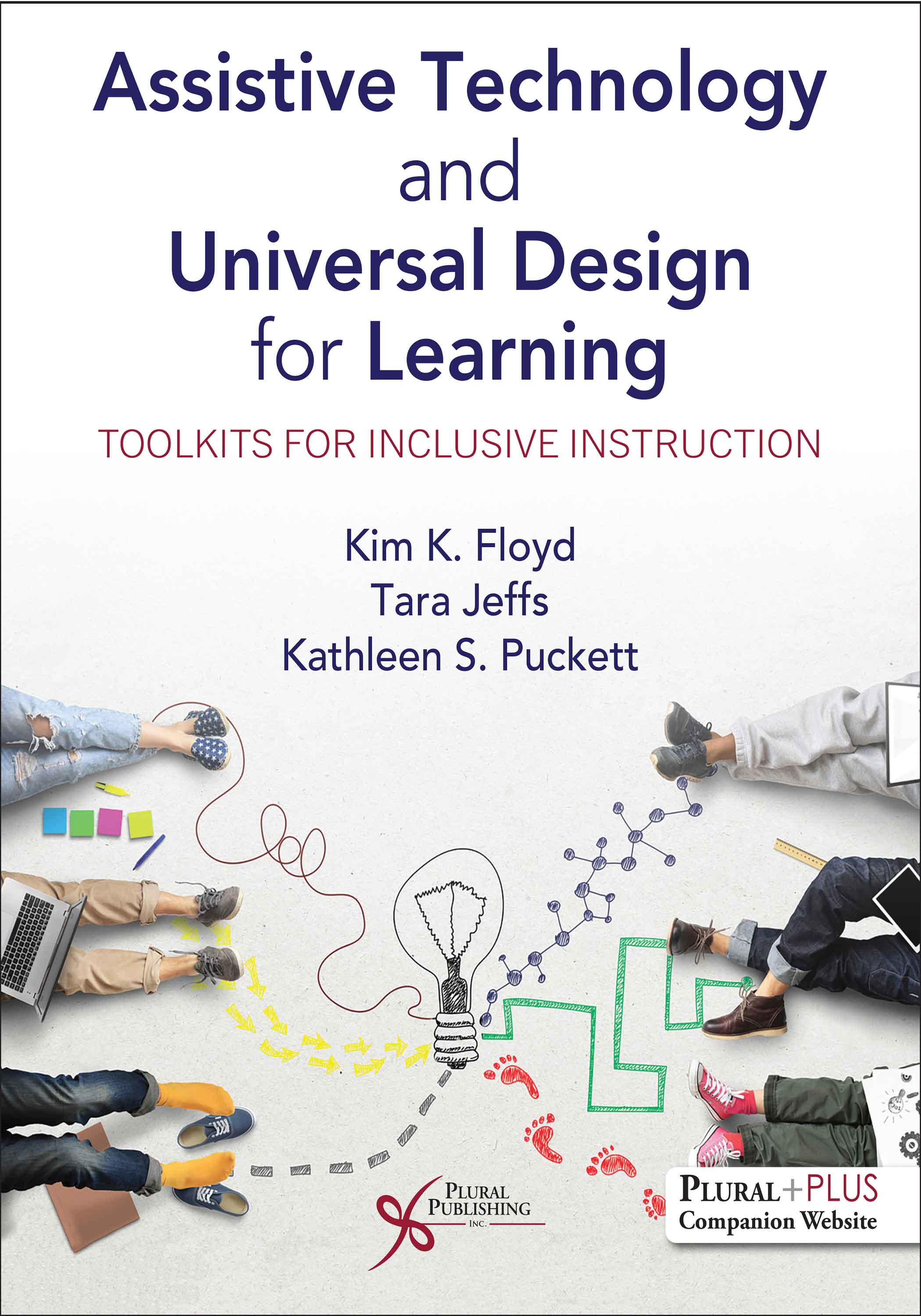
Assistive Technology and Universal Design for Learning: Toolkits for Inclusive Instruction
First Edition
Kim K. Floyd, Tara Jeffs, Kathleen S. Puckett
Details: 318 pages, B&W, Softcover, 8.5" x 11"
ISBN13: 978-1-63550-752-2
© 2026 | Available

